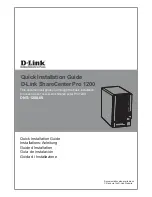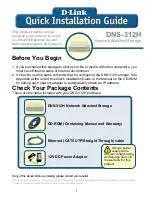
1.7.4
Power-management modes
These drives provide programmable power management to provide
greater energy efficiency. In most systems, you can control power
management through the system setup program. These Seagate drives
feature several power-management modes, which are summarized in
the following table and described in more detail below:
Mode
Heads
Spindle
Buffer
Active
Tracking
Rotating
Enabled
Idle
Tracking
Rotating
Enabled
Standby
Parked
Stopped
Enabled
Sleep
Parked
Stopped
Disabled
Active mode. The drive is in Active mode during the read/write and seek
operations.
Idle mode. The buffer remains enabled, and the drive accepts all
commands and returns to Active mode any time disc access is necessary.
Standby mode. The drive enters Standby mode when the host sends a
Standby Immediate command. If the host has set the standby timer, the
drive can also enter Standby mode automatically after the drive has been
inactive for a specifiable length of time. The standby timer delay is estab-
lished using a Standby or Idle command. In Standby mode, the heads are
parked and the spindle is at rest. The drive accepts all commands and
returns to Active mode any time disc access is necessary.
Sleep mode. The drive enters Sleep mode after receiving a Sleep
command from the host. The heads are parked and the spindle is at rest.
The drive leaves Sleep mode after it receives a Hard Reset or Soft Reset
from the host. After receiving a reset, the drive exits Sleep mode and
enters Active mode with all current translation parameters intact.
Standby timers. Each time the drive performs an Active function (read,
write or seek), the standby timer is reinitialized and begins counting down
from its specified delay times to zero. If the standby timer reaches zero before
any drive activity is required, the drive makes a transition to Standby mode. In
both Idle and Standby mode, the drive accepts all commands and returns to
Active mode when disc access is necessary.
Medalist 6540, 5130 and 3220 Product Manual, Rev. A
11
















































